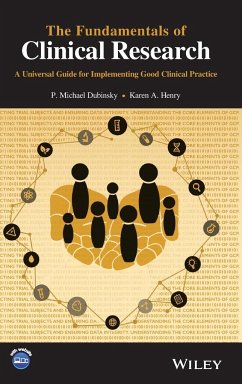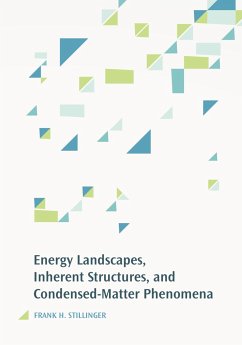
Streamlining Your Research Laboratory with Python
Versandkostenfrei!
Versandfertig in 2-4 Wochen
103,99 €
inkl. MwSt.
Weitere Ausgaben:

PAYBACK Punkte
52 °P sammeln!
Enables scientists and researchers to efficiently use one of the most popular programming languages in their day-to-day work Streamlining Your Research Laboratory with Python covers the Python programming language and its ecosystem of tools applied to tasks encountered by laboratory scientists and technicians working in the life sciences. After opening with the basics of Python, the chapters move through working with and analyzing data, generating reports, and automating the lab environment. The book includes example processes within chapters and code listings on nearly every page along with s...
Enables scientists and researchers to efficiently use one of the most popular programming languages in their day-to-day work Streamlining Your Research Laboratory with Python covers the Python programming language and its ecosystem of tools applied to tasks encountered by laboratory scientists and technicians working in the life sciences. After opening with the basics of Python, the chapters move through working with and analyzing data, generating reports, and automating the lab environment. The book includes example processes within chapters and code listings on nearly every page along with schematics and plots that can clearly illustrate Python at work in the lab. The book also explores some real-world examples of Python's application in research settings, demonstrating its potential to streamline processes, improve productivity, and foster innovation. Streamlining Your Research Laboratory with Python includes information on: * Language basics including the interactive console, data types, variables and literals, strings, and expressions using operators * Custom functions and exceptions such as arguments and parameters, names and scope, and decorators * Conditional and repeated execution as methods to control the flow of a program * Tools such as JupyterLab, Matplotlib, NumPy, pandas DataFrame, and SciPy * Report generation in Microsoft Word and PowerPoint, PDF report generation, and serving results through HTTP and email automatically Whether you are a biologist analyzing genetic data, a chemist scouting synthesis routes, an engineer optimizing machine parameters, or a social scientist studying human behavior, Streamlining Your Research Laboratory with Python serves as a logical and practical guide to add Python to your research toolkit.













